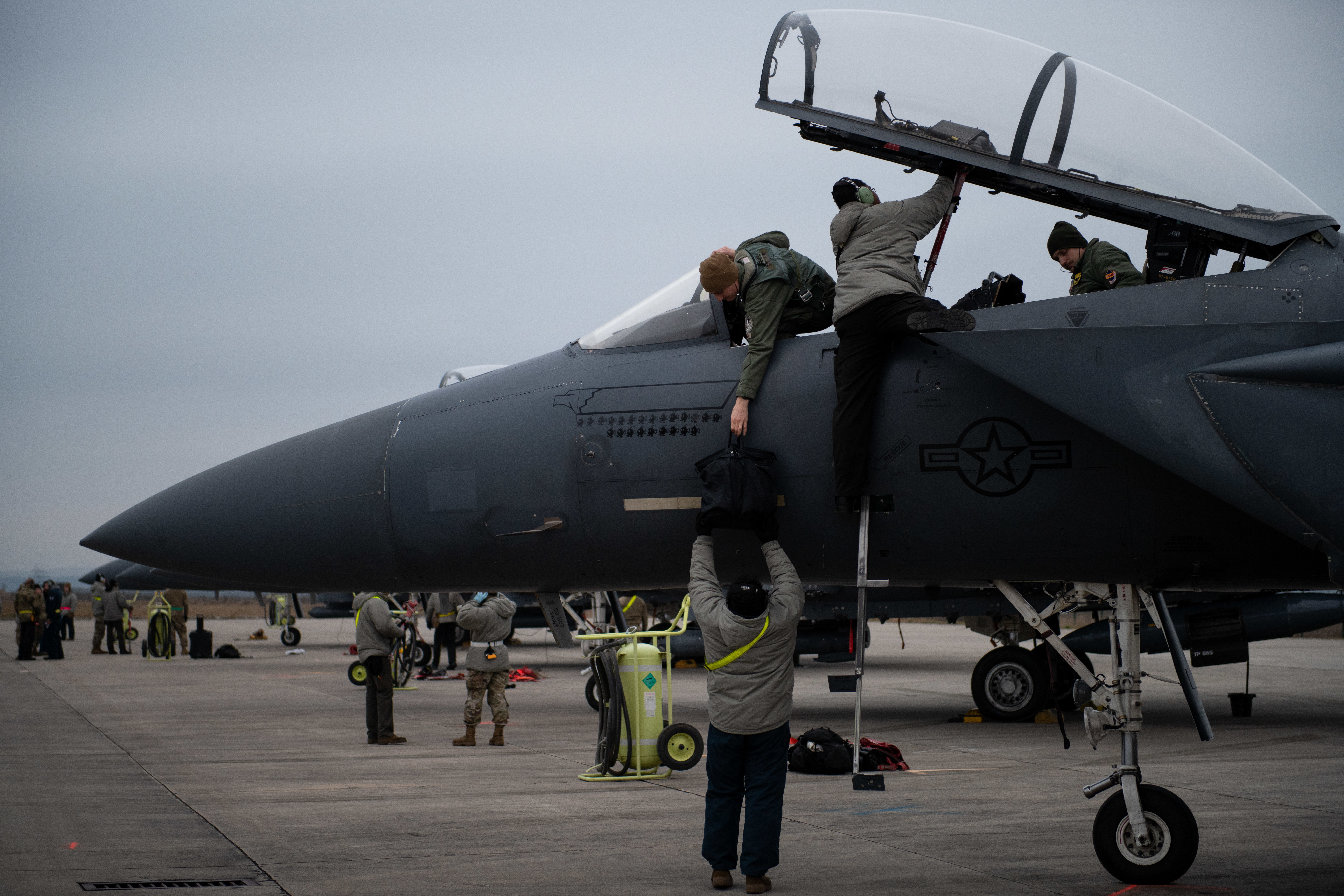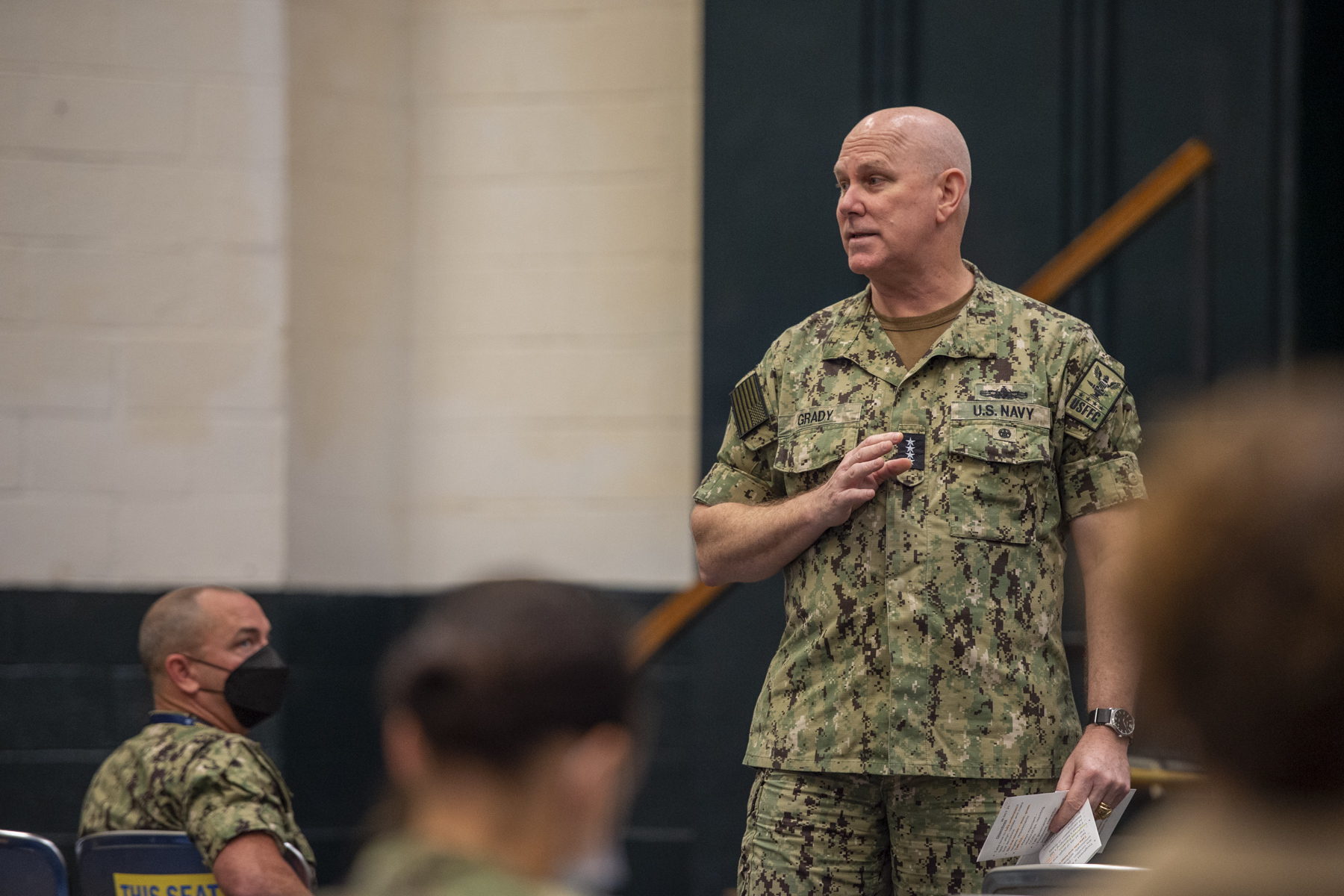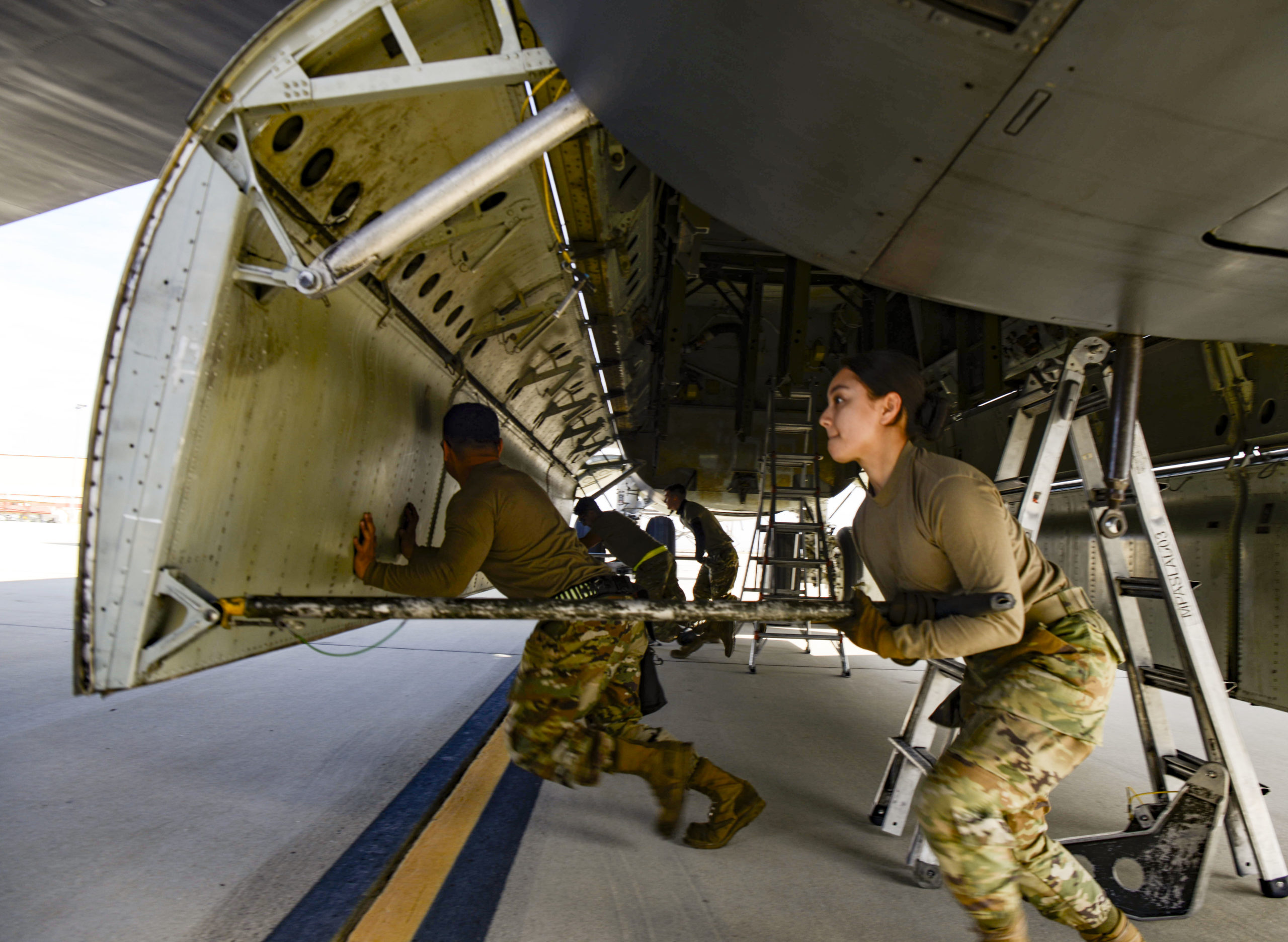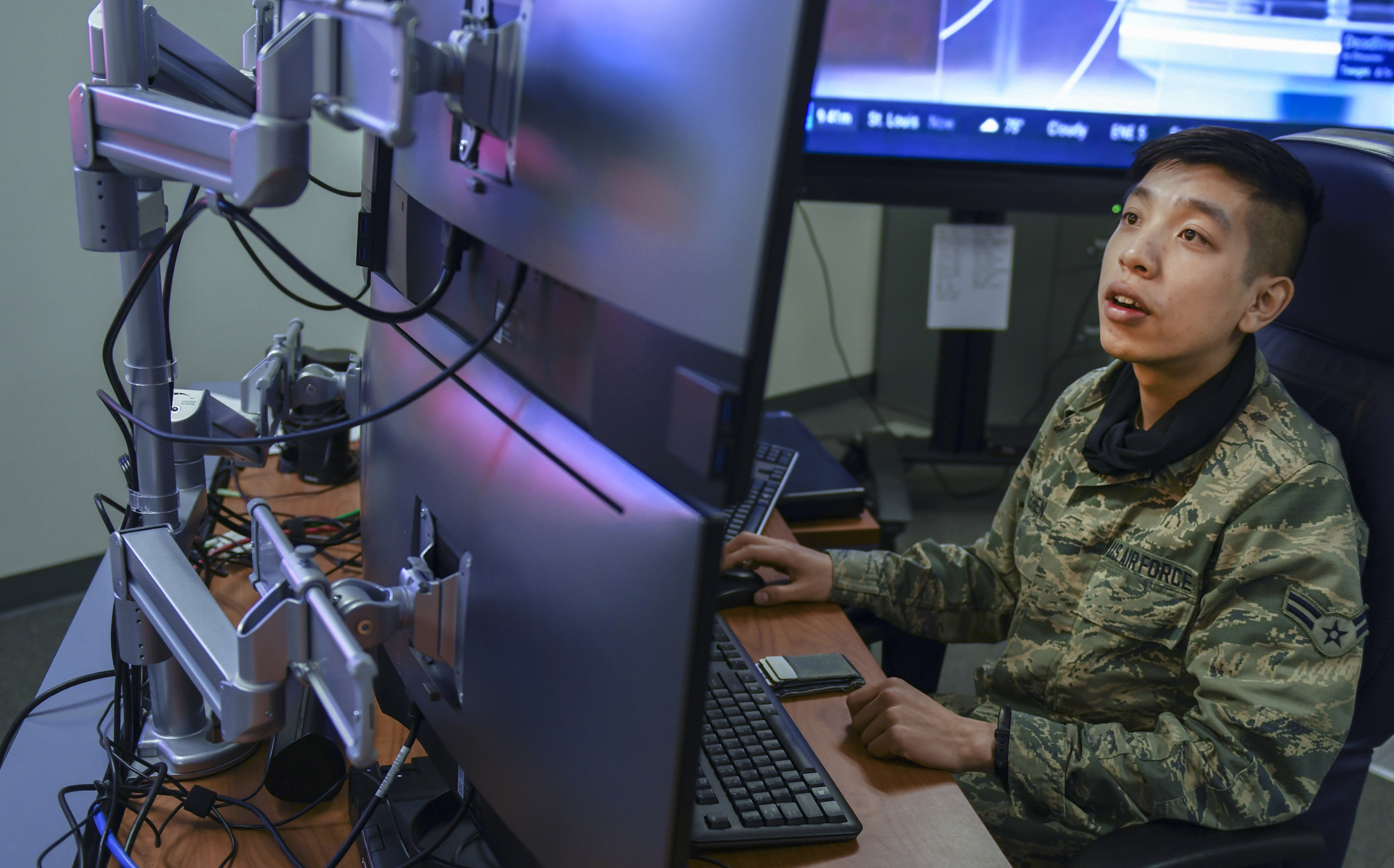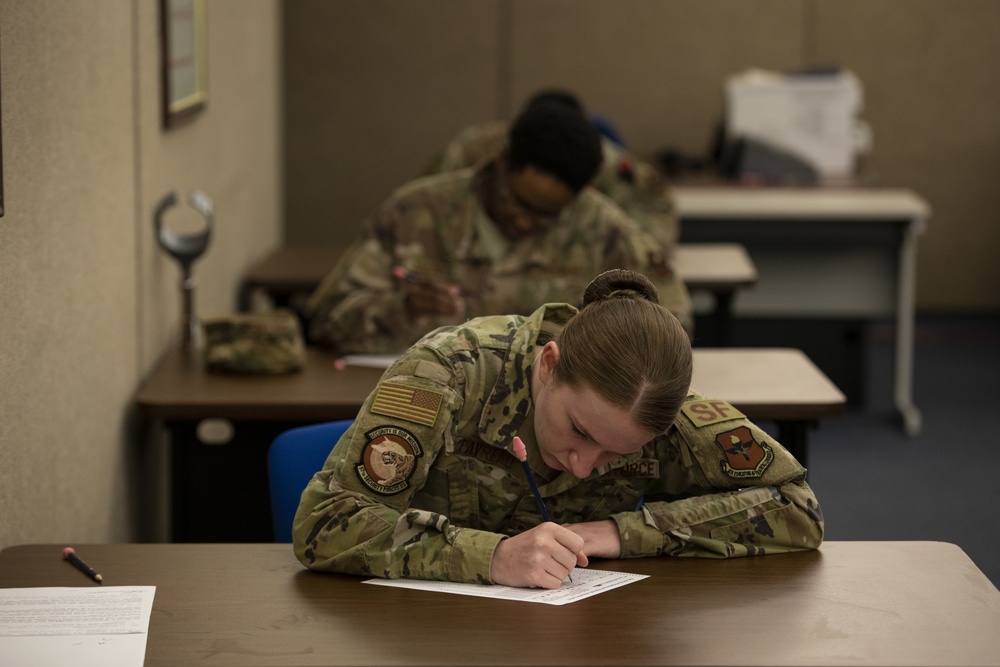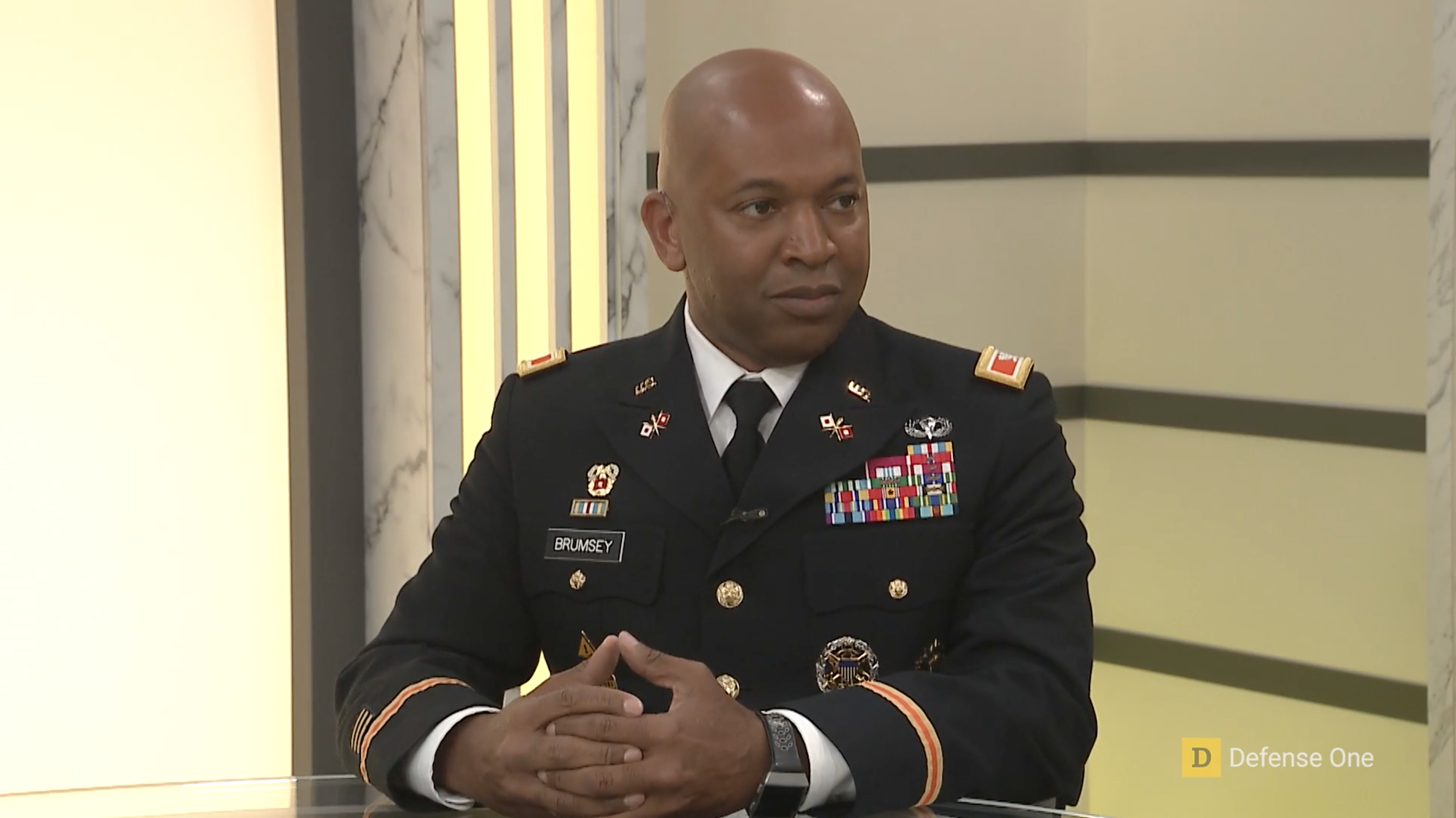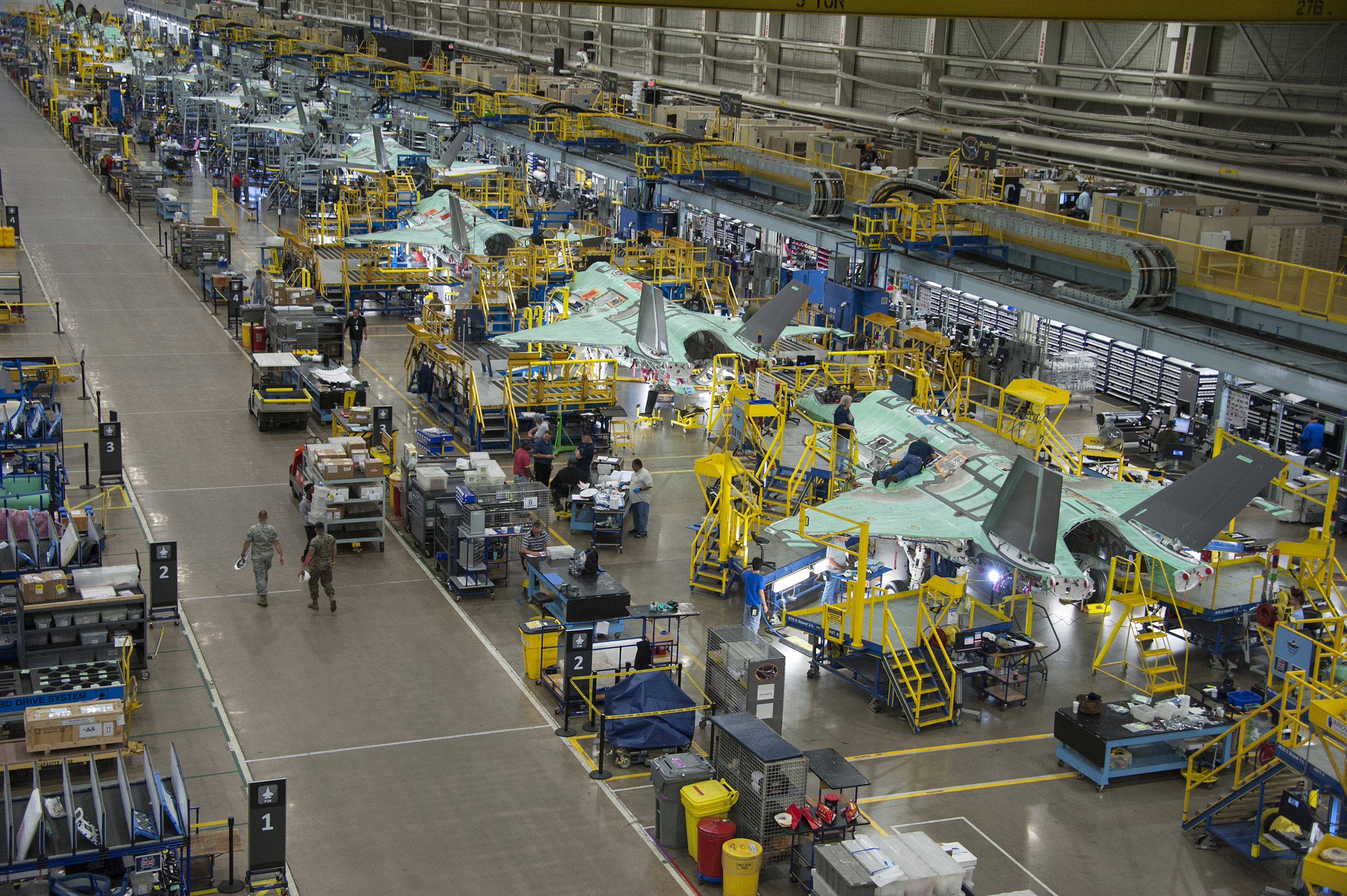The Russian troop buildup on the Ukrainian border and in the heavily militarized Black Sea region has led to calls by Black Sea allies to increase NATO and U.S. deterrence to prevent further Russian efforts to divide and isolate some of the alliance’s newest members.
With over 100,000 Russian troops surrounding Ukraine on three sides and activity consistent with combat preparation, the Biden administration has opted to pursue diplomacy with Russia following a Dec. 7 virtual summit between President Joe Biden and Russian President Vladimir Putin. But NATO allies who are members of the Bucharest Nine (B9) group of eastern flank nations have indicated to Biden and National Security Advisor Jake Sullivan on a Dec. 16 call that more American presence is needed now to deter an invasion of Ukraine.
“If the U.S. and NATO are not careful, the Black Sea will be a Russian lake,” Romanian military attaché in Washington, D.C., Col. Catalin-Constantin Mihalache told Air Force Magazine, noting how Russia has increased and modernized its Western region forces.
“The goal in the Black Sea is to isolate NATO regional partners, Georgia and Ukraine, by taking advantage of the lack of strategic and comprehensive day-to-day NATO presence and strategy,” he added.
Following a Dec. 10 B9 call with Biden, Romanian President Klaus Iohannis took to Twitter to highlight the case he made to Biden.
“I … underlined [Romanian] support for an increased NATO & US military presence in #Romania & at the #BlackSea,” he wrote.
Mihalache said the Russian invasion of Ukraine is a national security concern for Romania and NATO. Russian-occupied Crimea, which has become a heavily militarized anti-access/area denial (A2/AD) bastion in the Black Sea since annexation in 2014, is just 200 miles from Romania’s shores.
“It’s closing the distance,” he said of a potential further Russian incursion of Ukraine. “Russia will approach not only Romania but will be close to the NATO border.”
An Oct. 27 Senate Foreign Relations Committee hearing on Black Sea security detailed an uneven NATO policy of enhanced forward presence in the Baltic nations and tailored forward presence in southeastern Europe. Experts suggested that directing more robust assistance to the north led Russia to concentrate its aggression in the south. Romania established a NATO Multinational Corps South-East headquarters in Sibiu in part to encourage an increase in allied presence.
“We are very determined to build our capability and to have NATO and the U.S. join us in this effort and support us,” Mihalache said, noting that Romania also awaits a decision about global force posture that could lead to additional U.S. troops in the country. About 1,000 U.S. troops are present at any given time in Romania.
In his role as the air attaché, the Romanian official highlighted the importance of the NATO Black Sea posture and current cooperation with the U.S.
“The air domain is key for the credibility and effectiveness of the allied regional collective posture,” Mihalache explained. “The U.S. presence and persistent contribution of ISR and situational awareness is making the allied regional progress.”
The U.S. began basing MQ-9 Reapers at Romanian Air Base 71 in Campia Turzii in January. Romania maintains a small Air Force of F-16s and Soviet-era MiG-21s upgraded with Israeli technology. Romania also benefits from NATO air policing.
Mihalache said Romania’s Air Force plans a purchase of two squadrons of F-16s from Norway that will eventually replace the MiG-21s.
Romania also has the first Patriot missile defense system on the eastern flank. Some of the seven batteries contracted are operational, while others have yet to arrive.
Mihalache highlighted the recent presence of an American bomber task force supported by Romanian F-16s.
U.S. Pursues Diplomacy, Holds Back Military Aid for Now
A senior administration official briefing reporters Dec. 17 said the 2014 Minsk negotiations, which led to a quieting of hostilities with Russian-backed separatists in southeastern Ukraine, are the principal format the U.S. is advocating for to resolve the crisis on the border.
“But the U.S. is prepared to use our bilateral channels to Moscow and to Kyiv to support, if we can,” the official said.
In recent days, State Department officials have visited Moscow to entertain Russian proposals for moving forward. In the past, Putin has said Ukraine or Georgia entry into NATO is a red line, and he has discouraged military assistance to the countries.
Members of Congress have nonetheless urged Biden to answer a November request from Ukraine for additional military assistance, including air defenses that the country says are necessary to deter a Russian invasion. A Ukrainian defense official recently told Air Force Magazine that an American air defense team was in the country to assess needs, but no announcement of new assistance has been made.
“We are also in intensive dialogue with the Ukrainians at all levels, including DOD and EUCOM [U.S. European Command], with regard to their needs,” the administration official said, adding that the conversation included allies who may be able to offer defense assistance. “We will continue to keep those lines open as necessary and as we see what the Ukrainian requirements are.”
In a Dec. 16 congressional hearing titled “Defending Ukraine, Deterring Putin,” Andrew Bowen, an analyst in Russian and European affairs at the Congressional Research Service, identified the U.S. NATO Black Sea presence as the rationale for Russia’s hostility.
“Russian political and military leaders assert that the increased expansion of NATO and the presence of … European and U.S. military forces on its border and Black Sea are an existential security threat to Russia,” he said.
Bowen said the leaders are concerned that NATO and U.S. military forces will eventually place long-range precision strike missile defense systems nearby. Romania already has a High Mobility Artillery Rocket System (HIMARS), a light multiple rocket launcher.
The defense official also said the southeastern flank needs better investment in command-and-control capabilities and access to satellite reconnaissance data. Adding the capabilities to the southeastern flank, he argued, would make protection and deterrence at the eastern border of NATO more uniform.
“The allied approach needs to be firm and credible and requires united and coherent deterrent efforts to the entire flank,” he said.
“This is an unprecedented challenge in the post-Cold War because we didn’t have such an escalation since the end of the Cold War,” Mihalache continued. “It requires our allied and U.S. immediate reaction and attention.”
